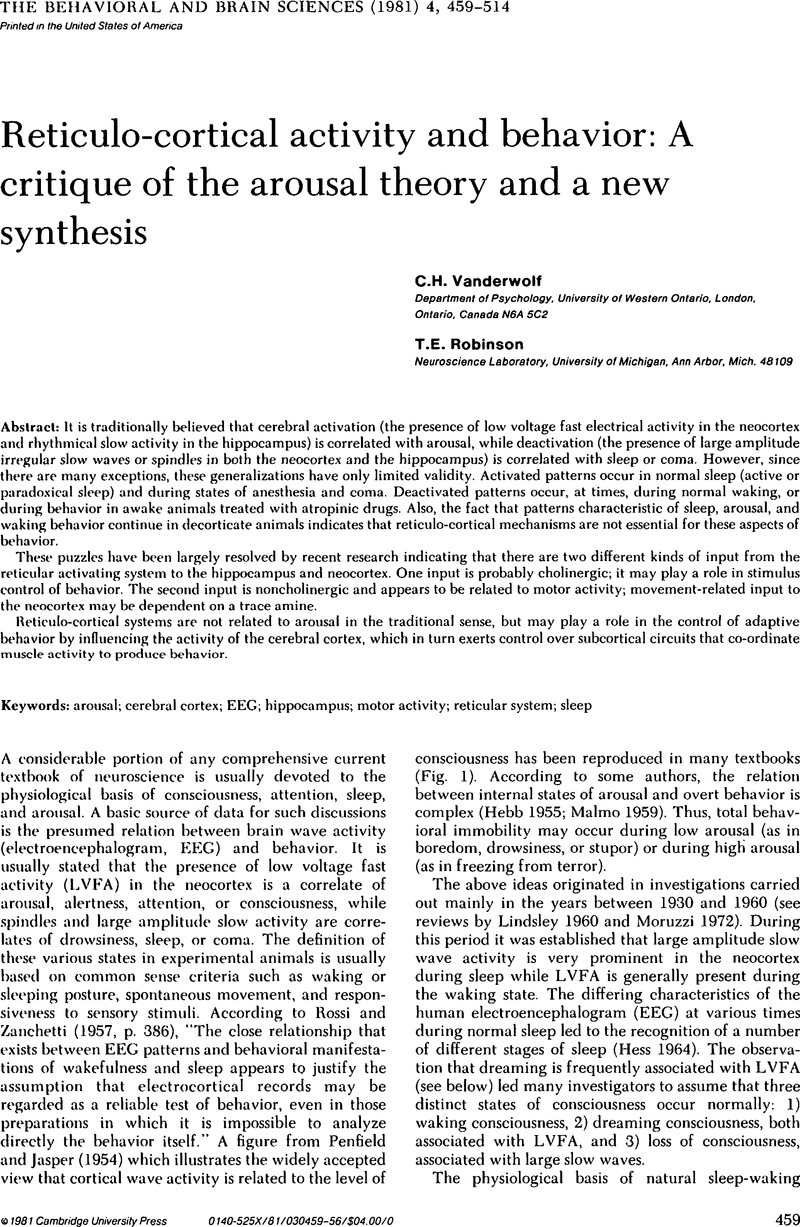Crossref Citations
This article has been cited by the following publications. This list is generated based on data provided by Crossref.
ROTH, WALTON T.
TECCE, JOSEPH J.
PFEFFERBAUM, ADOLF
ROSENBLOOM, MARGARET
and
CALLAWAY, ENOCH
1984.
ERPs and Psychopathology I. Behavioral Process Issuesa.
Annals of the New York Academy of Sciences,
Vol. 425,
Issue. 1,
p.
496.
Toates, Frederick
1997.
The interaction of cognitive and stimulus–response processes in the control of behaviour.
Neuroscience & Biobehavioral Reviews,
Vol. 22,
Issue. 1,
p.
59.



